By: Dan Weatherer
Sequels are the movie industry’s favourite cash-cow, and a source of trepidation for fans of original IP’s everywhere. It seems to be the trend that if a new film sells well, a sequel will undoubtedly follow. This is especially true with horror movies. I, like many others, was wary of another attempt at a sequel to The Blair Witch Project (1999); arguably the movie which launched the entire found-footage genre.
Having founded a rich lore upon which to build a horror legend, (and after suffering an audience dividing semi-sequel, it was always going to be a risky move for producers to contemplate revisiting The Black Hills Forest. The witch had terrified audiences in 1999; could she do so again nearly two decades later? Well, it depends on who you ask. Though critics are split in their opinions of the film, we are setting out to take a look at what the film did well. We’re counting down the top four things Blair Witch got right. Check out or picks below! Spoilers ahead.
#4 A Tale of Timeless Horror
Witches are a staple of global folklore. History is littered with stories pertaining to the Devil’s Daughters afflicting a poor populace with plagues of lice and pox. The fear of the witch is the fear of the unknown, as so often were innocent women accused of causing communities ill fortune, and were tried on little to no evidence. There remains a great deal of remorse attached to the tale of the witch, for now we know better, many suffered a horrendous fate based on nothing more than hysteria and hearsay. Where unjust suffering is endured, a desire for revenge festers, and the spirit of the witch (whether guilty or not) returns to cause misery for those who besmirched her name.
The Blair Witch lore, integrates itself seamlessly among America’s folklore, retelling a familiar tale, blurring the lines between fact and fiction via its documentary-style narrative and production.
Tales of witches have endured for centuries, passed from generation to generation by word of mouth, the written word, and more recently via film.
#3 Old Questions are Answered and New Mysteries are Raised
A worthy sequel expands on concepts explored by the first movie, drip-feeding answers to the audience while offering fresh mystery. The Blair Witch delivers on both counts.
The ending to the original movie was more or less open to interpretation. The audience had an idea of what happened to the student filmmakers, but did not see anything definite occur onscreen. The “why was he standing motionless in the corner” question, that I have heard asked many times in the past, is answered in the sequel. And what an answer!
In Blair Witch, we learn that should you look upon the witch, you will become her next victim. This simple, but effective trope not only increases the tension onscreen as the characters struggle against the primitive urge to look back (a sure-fire survival technique embedded in our DNA), but also engages the audience. We empathise with the character in peril and even suffer a similar conflict: Through morbid curiosity (and delightful fear) they want the character onscreen to look back and face the monster steadily gaining on them.
Taking the mythos of the Blair Witch further, in the opening scenes, the audience sees a screen grab from a recording unearthed from the Black Hills, showing what appears to be a female form, reflected in a mirror. James, the brother of missing Heather, assumes that the footage is of her.
During the final scenes of the movie, Lisa is running through the derelict Parr House, in a desperate attempt to escape the clutches of the witch. During her panic, the camera catches sight of her reflection in a mirror – the image caught looks almost exactly the same as the one seen in the opening scenes.
If the reflection of the girl seen in the mirror is, in fact, Lisa’s, this raises an interesting question: How does footage of an investigation that has yet to happen, find its way to those about to embark on that same investigation? Could this be a deliberate hint at the possibility of time travel or other dimensions? Speaking of other dimensions…
#2 The Everlasting Night
Another example of a simple concept used to powerful effect in Blair Witch, is the use of night.
Night denies us the ability to recognise and identify threats, resulting in heightened fear, in this case for both the characters and the audience. Granted, this technique is not original to Blair Witch, it is a staple used in a number of horror movies. However, night in Blair Witch could almost be described as a character unto itself, such is its impact upon the key players and the atmosphere of the film.
The fact that the characters are trapped in a continual night, not only enables the director to heighten those fears, it adds a further layer of lore to the Blair Witch legend, in that Elly Kedward exists beyond the plane of our existence, becoming much more than the ghost many had assumed her to be in the original film. We also see that she has the power to trap any unfortunate souls who disrespect her memory, in her nightmarish realm. I like that idea, and think it only strengthens The Blair Witch canon further.
#1 We get to see Elly Kedward.
For many, this was the biggie. The original movie was a masterclass in pacing, with a cliff-hanger ending, leaving audience members wanting to know more. (How else would you explain the popularity of the search phrase “Is the Blair Witch real?”)
Horror movies live or die on the strength of their villain. Had the sequel not divulged further information on Elly Kedward, in the eyes of many it would ultimately have failed to deliver. The timing of a villain reveal, and the manner in which it is approached, are critical. If you reveal your villain too soon, the air of mystery is gone, and that can lead to a disinterested audience. Reveal too late and you run the risk of viewers becoming bored.
Similar rules apply to how much of the villain you show. A bad reveal can kill interest in the character. Bad CGI, poor dialogue, and a low budget are often symptomatic of a less than satisfying reveal.
The unveiling of Elly Kedward, is handled brilliantly. Building on the tale told to the students by a local boy as they begin their trek, we first see glimpses of sudden movement (real corner of the eye stuff), before moving on to catching sight of her watching at a distance, hearing her growling as she chases Lisa through the dilapidated Parr house, until finally, we see the Blair Witch in all of her glory! Elly is unpleasant enough to strike fear in the audience, without appearing ludicrous in design, thereby maintaining her ability to scare.
As a fan of the original, I enjoyed this sequel. Even though it took many of its early scares from the first film, I would argue it was necessary in keeping with canon. The added layer of the eternal night opens up all sorts of possible additions, should another sequel ever be considered.

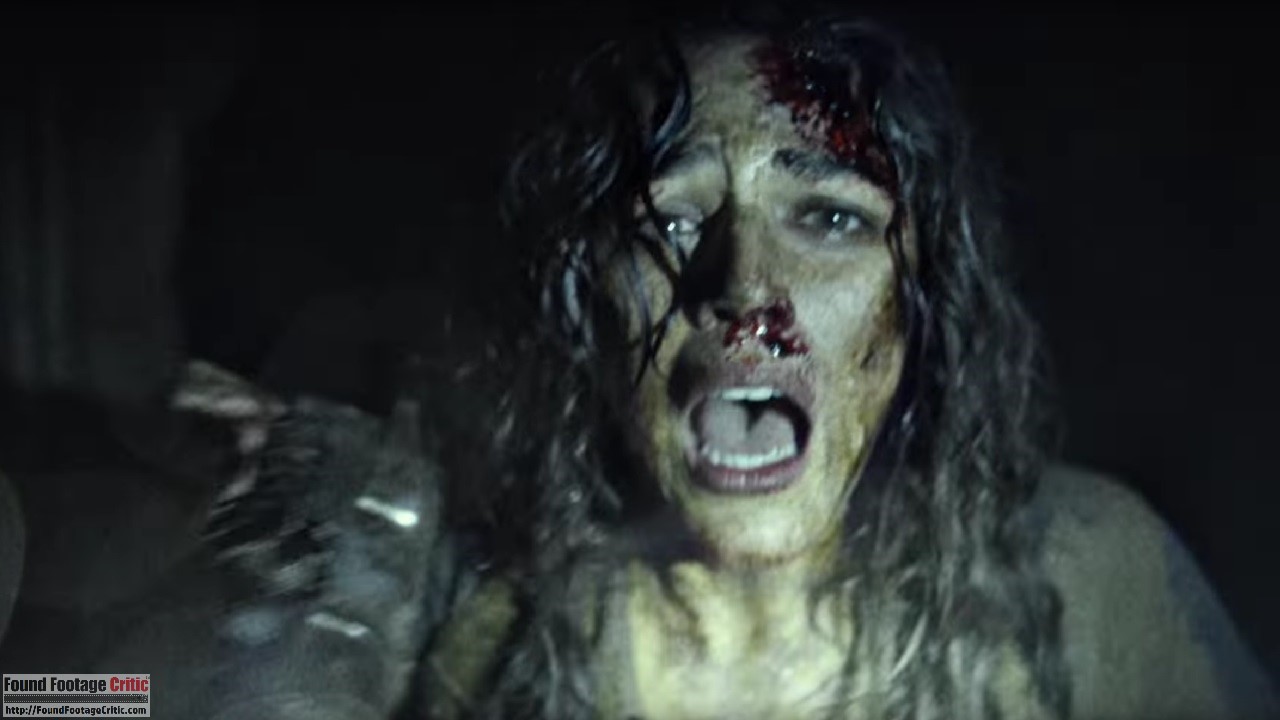
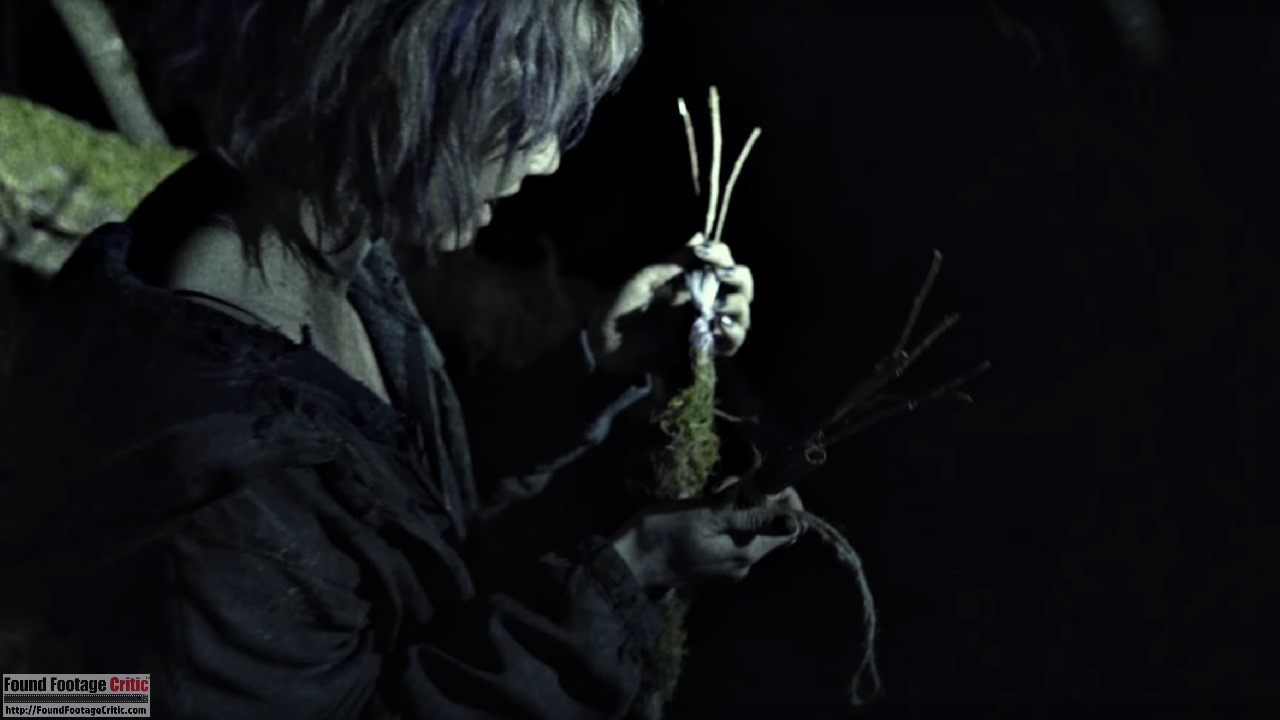
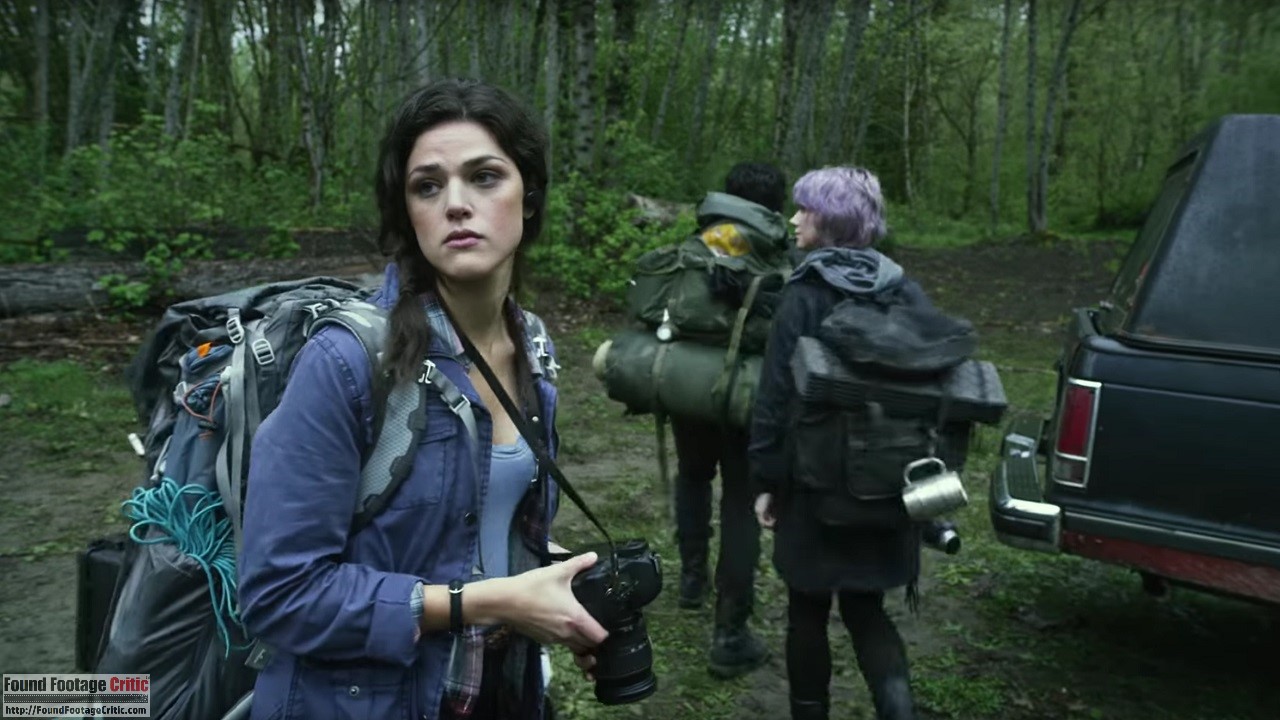
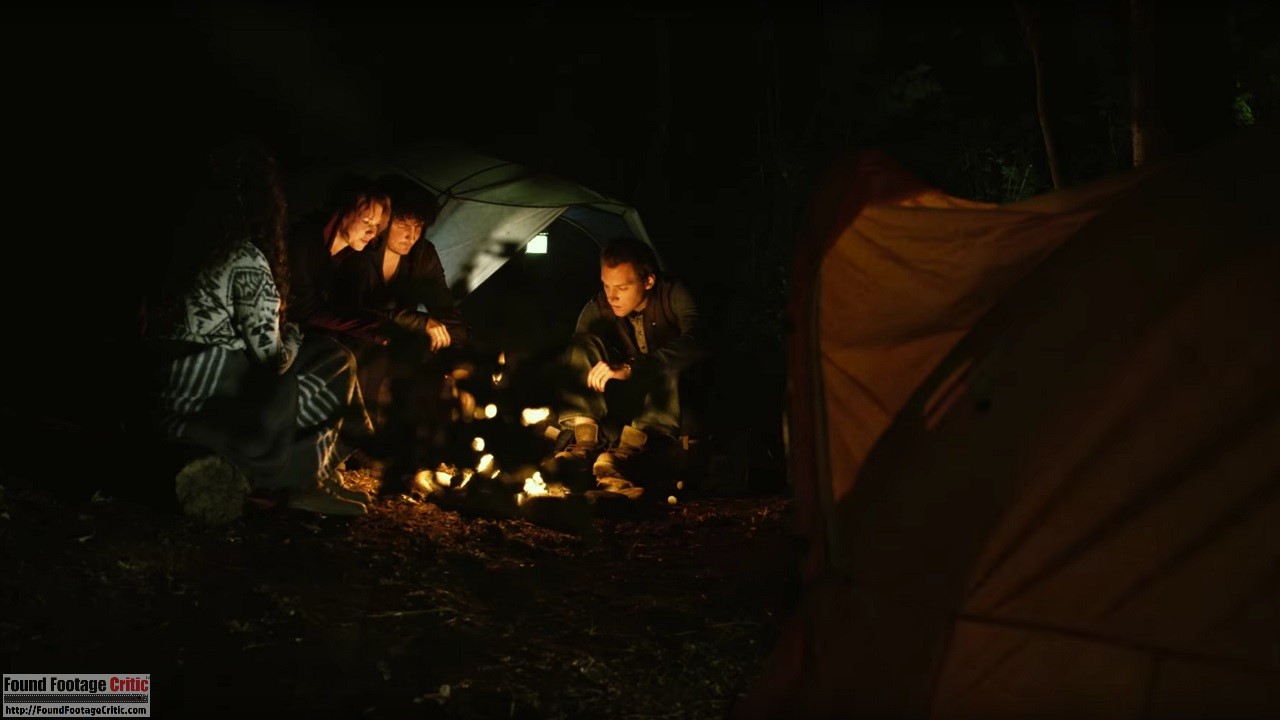
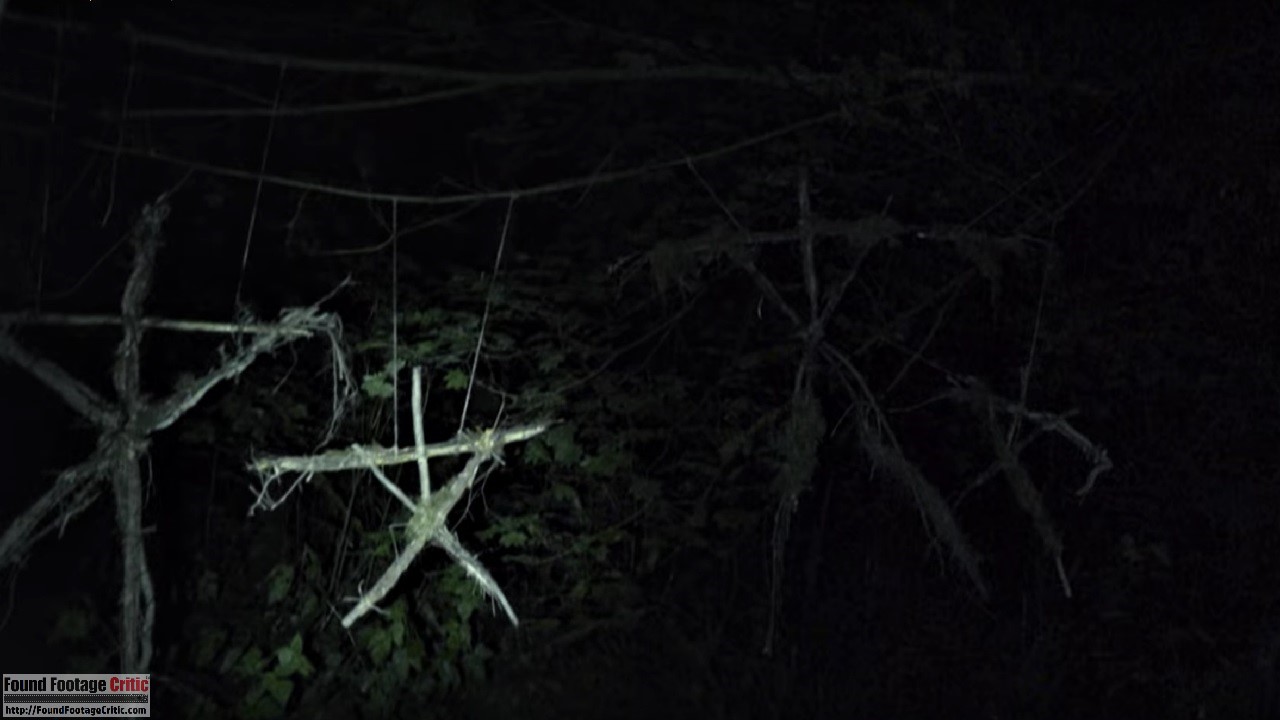
1 Comment
Just a thought in the original one of the guys interviewed said “he made them stand in the corner couldn’t take the eyes in him” which would explain why Mike was standing in the corner right?